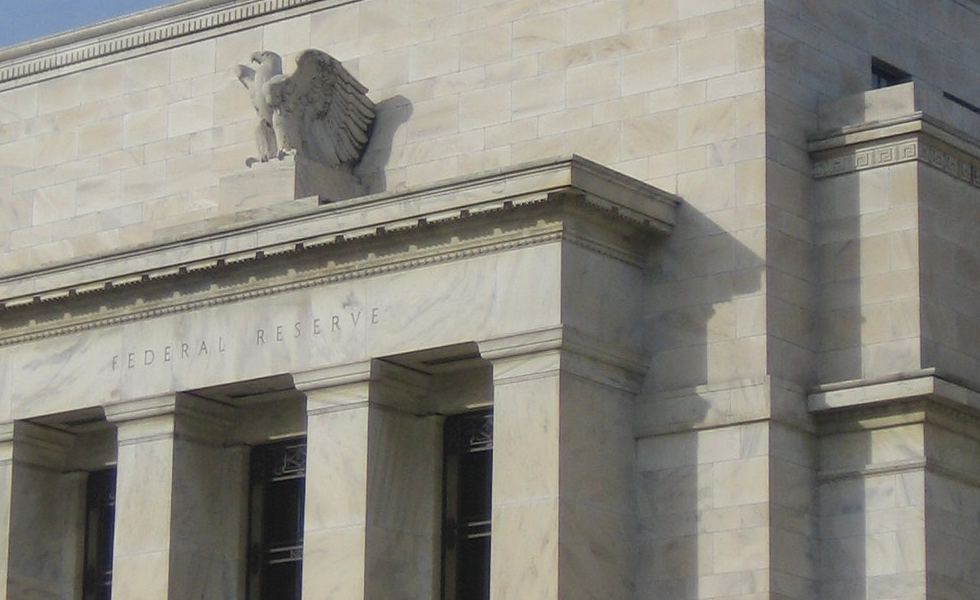Ethenea: The Fed at a turning point
Ethenea: The Fed at a turning point

A weakening labour market, stable inflation expectations, and increasing political pressure suggest that the Federal Reserve (Fed) will make a decisive policy shift at its upcoming September meeting, explains Jörg Held, Head of Portfolio Management at ETHENEA Independent Investors S.A.. An interest rate cut appears inevitable.
In his speech at Jackson Hole at the end of August, Jerome Powell emphasized that the Fed now sees downside risks to the labour market as more significant than the upside risks to inflation. The state of the labour market has therefore become the main reason for an imminent monetary policy easing. In August 2025, the U.S. economy registered its first decline in employment in quite some time, revealing clear cracks in the foundations of the labour market. Combined with the unemployment rate rising to 4.3%, this will most likely prompt the Fed to cut rates.
Labor market critical, inflation under control
The latest inflation data show a slight increase but remain within expectations. Market participants view this more as a temporary effect than as a lasting trend. For the Fed, this means it feels no additional pressure to raise rates aggressively. Instead, it can stick to its course of gradual rate cuts without jeopardizing its credibility in the fight against inflation.
Outlook: Beginning of an easing cycle
A rate cut in September could mark the start of a new easing cycle. Markets currently expect the policy rate to fall below 3% by the end of 2026. This outlook is shaped in no small part by politics: since Donald Trump’s return to the presidency, pressure on the Fed has grown massively to deliver early stimulus for growth and employment. In addition, Jerome Powell’s term ends in May 2026 – and a successor appointed by Trump would likely reinforce the course of further rate cuts.
Reordering of priorities
The upcoming September meeting could thus go down in monetary history as the moment when the Fed reordered its priorities: shifting away from a sole focus on fighting inflation toward a more active support of the labour market. We believe that inflation risks are currently overstated and expect continued monetary easing over the next two years.








